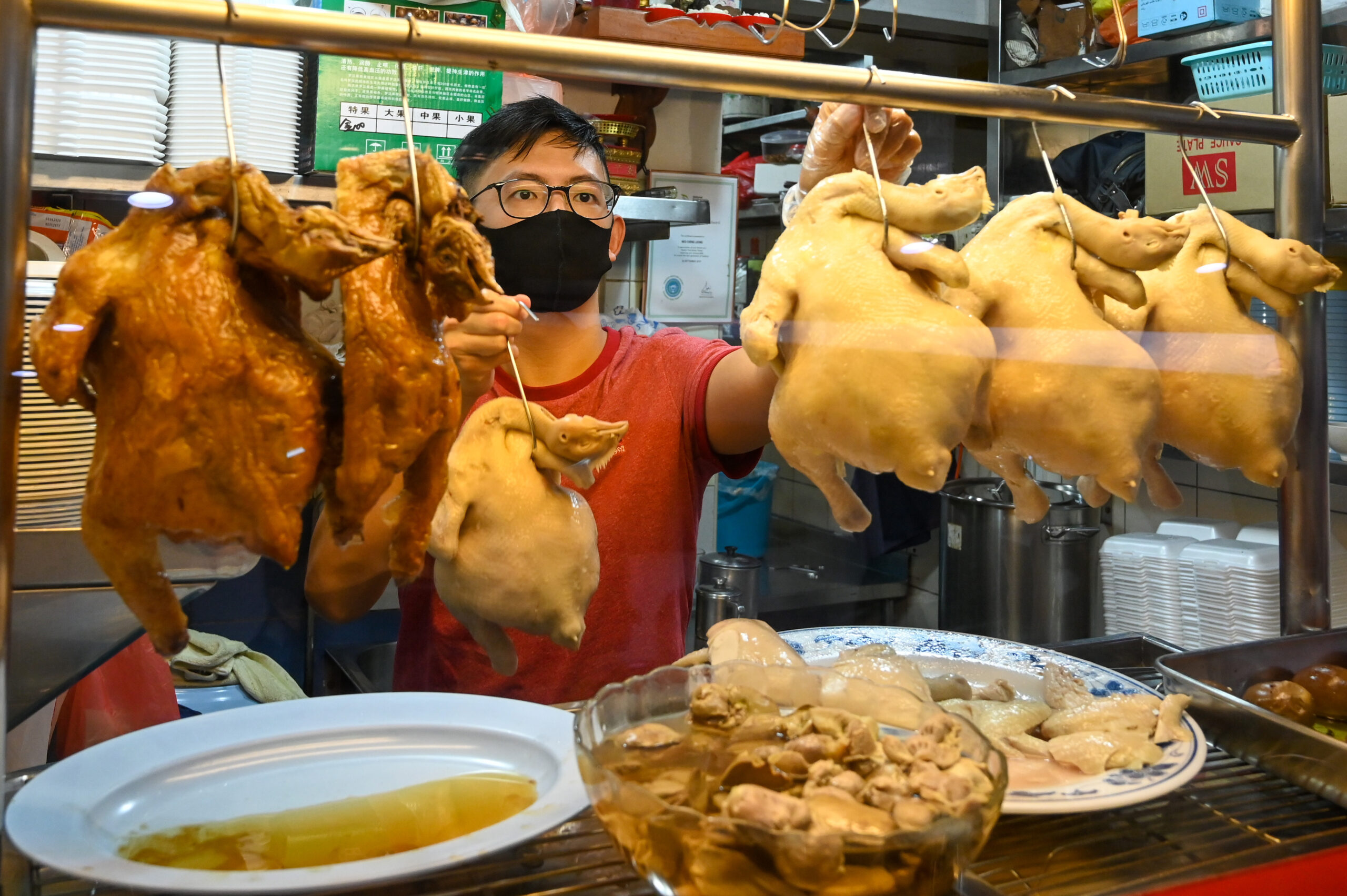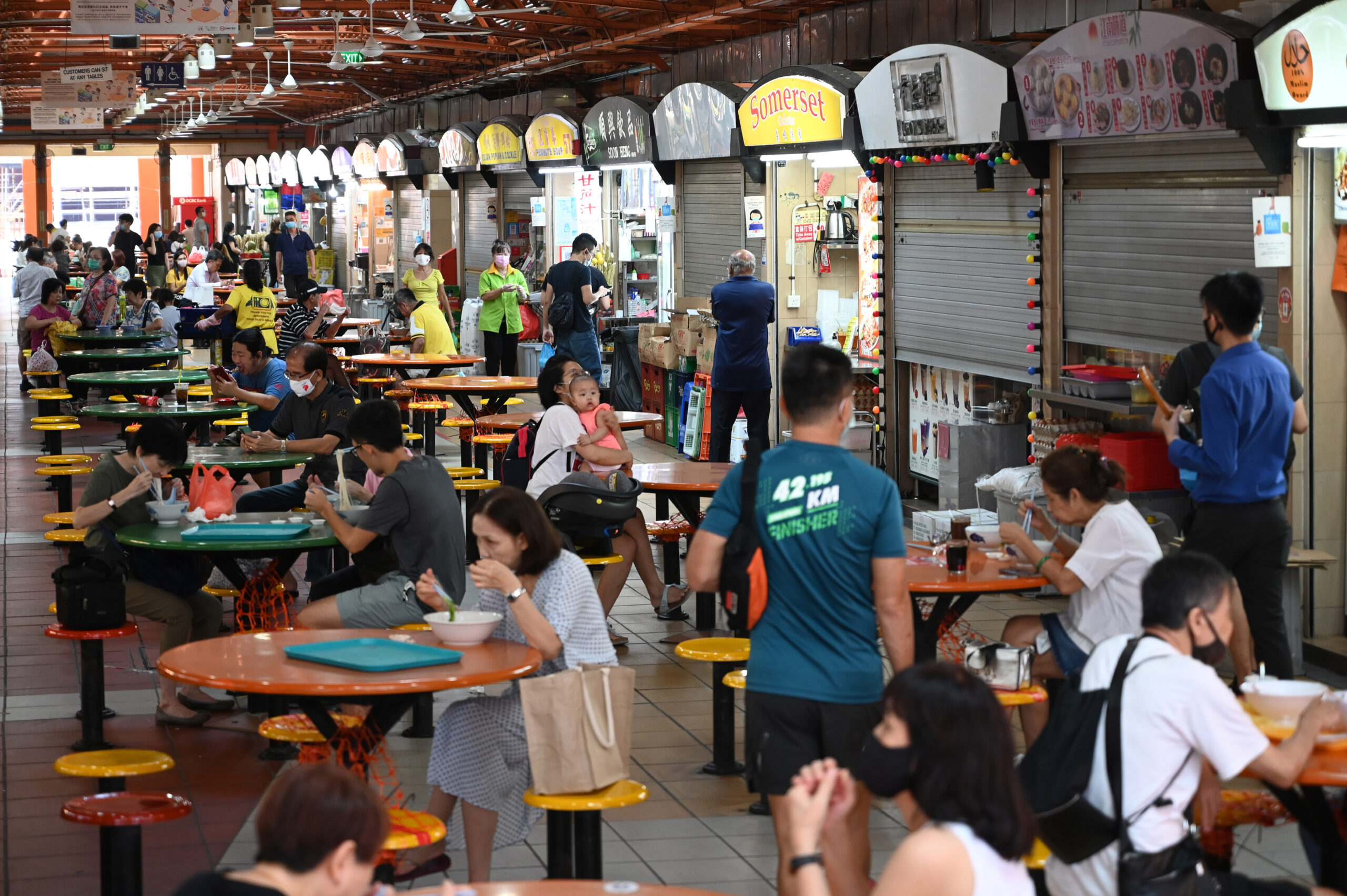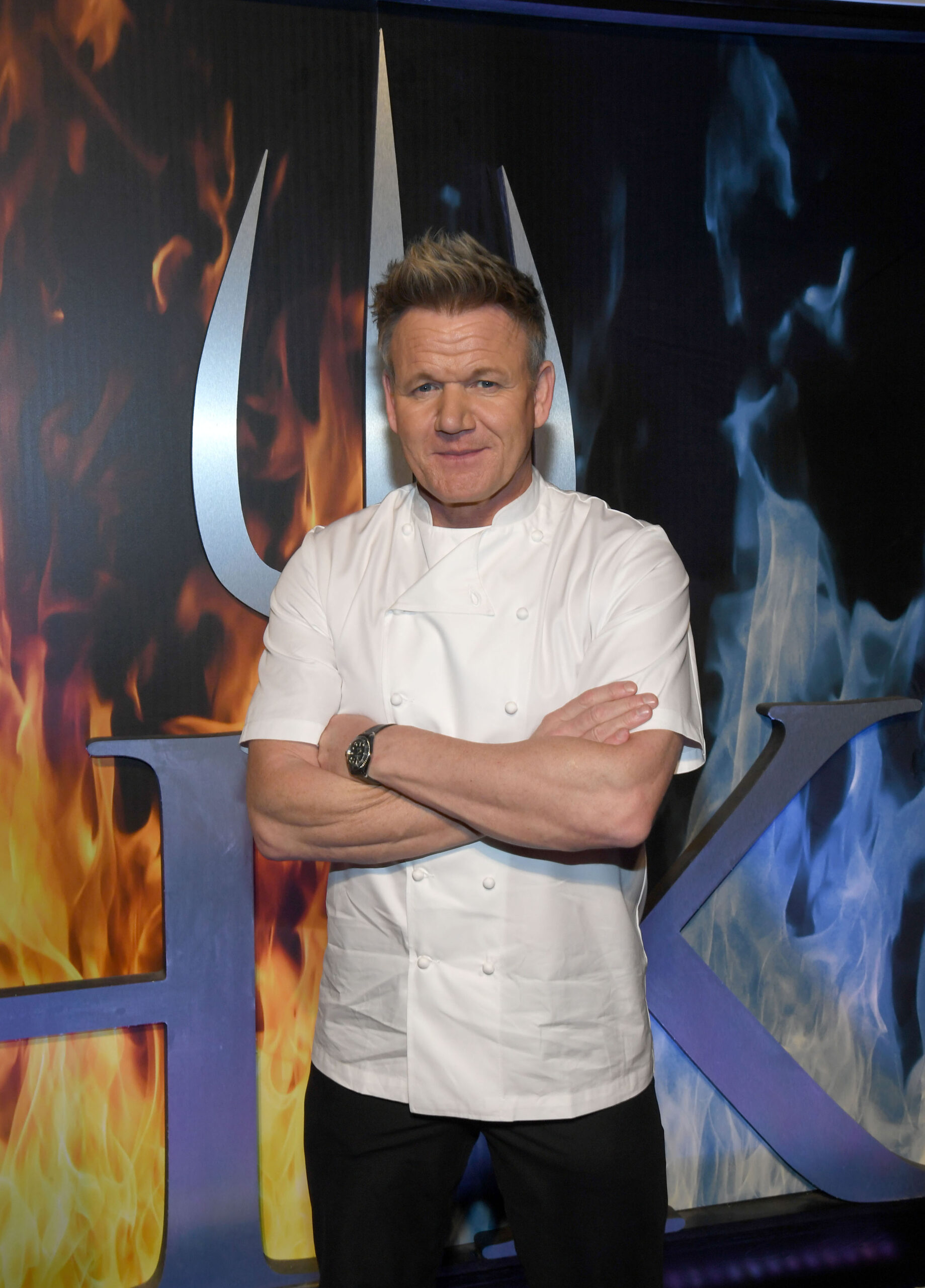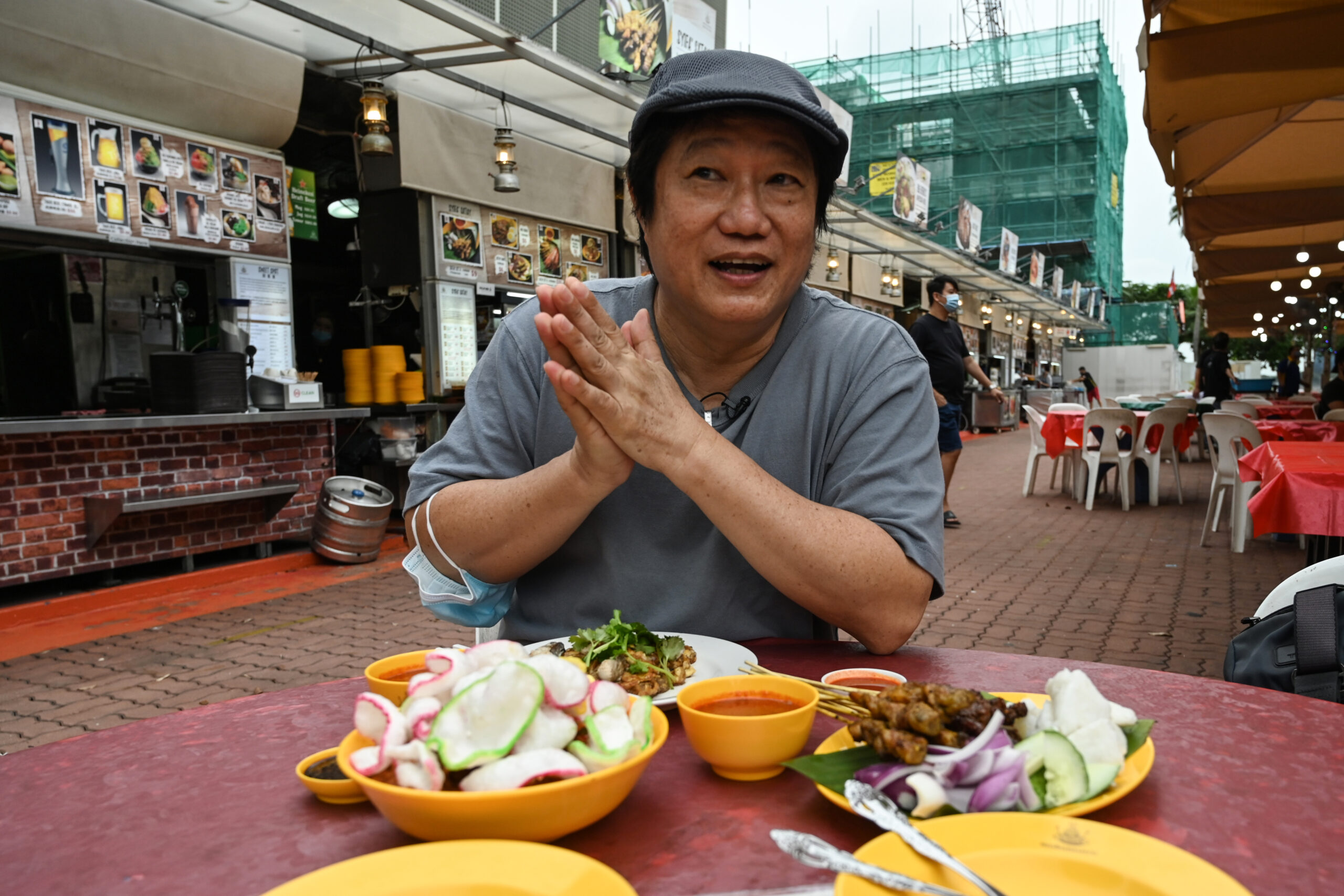Singapore’s food is becoming famous, and not without intention. The city-state has promoted its culture and made a culinary impression on the world by spreading the image of Singaporean cuisine as authentic, flavourful and multicultural.
Using food to further a national brand is a form of public and cultural diplomacy that has come to be known as ‘culinary diplomacy.’ Instead of military arms, food is the weapon of choice in this tasty and tangible version of soft power.
Culinary diplomacy is embedded in various levels of formality. The 2018 summit between American President, Donald Trump and North Korean Chairman, Kim Jong-un, formal luncheons and state dinners were an effective way to promote diplomatic relations and interests with menus representing national values and leadership.
Culinary diplomacy also communicates a nation’s culinary culture and an opportunity for a national rebranding. Paul Rockower, executive director of consultancy Levantine Public Diplomacy, noted in a Huffington Post article that the people-to-people form of culinary diplomacy, or “gastrodiplomacy”, has been successfully used by middle powers, including Thailand, Malaysia and South Korea, to redefine their global image through food.
The Singapore government has engaged actively with food initiatives. The Red Dot brought together 20 talented international chefs as part of the Global Chef Exchange, an immersion program that was part of the Singapore International Culinary Exchange (SPICE) initiative. It aims to make Singapore food an integral part of the global scene by offering Singapore food businesses a platform to network and export into foreign markets.
Visiting chefs were given opportunities to experience Singaporean food in cooking demonstrations and workshops with renowned local chefs.
“By exposing them to authentic Singapore cuisine and culinary ingredients, we hope to inspire them to create dishes with a distinct Singapore twist at their own establishments when they return home,” said Ranita Sundramoorthy, director of attractions, dining and retail at the Singapore Tourism Board.

The Global Chef Exchange supports the culinary diplomacy intent and mission ‘to establish Singapore as a global innovative culinary capital and a must-visit food destination.’ With the goal to make Singapore food an integral part of the global food scene, the program inspires international chefs to incorporate Singaporean cuisine into their own menu. With each new Singapore restaurant, an unofficial embassy opens and creates an opportunity to increase cross-cultural interaction and understanding.
Professional cooking school exchanges also bring emerging international young chefs together. One of Singapore’s top cooking schools, Temasek Culinary Academy, shares its campus with the Culinary Institute of America, Singapore. The school collaboration offers opportunities to exchange Eastern and Western styles of cooking, educating future chefs on ways to bring culinary harmony into their profession.
Tourist cooking classes are also effective forms of culinary diplomacy. Participants equipped with new culinary knowledge and appreciation can then cook Singaporean food in their own kitchens, indirectly continuing culinary diplomacy with their families and communities.
A Food 101 course for tourists or a DIY food tour might be ideal, according to Singaporean food expert Victor Yue. The executive committee member of the Singapore Heritage Society said he is passionate about keeping food heritage alive.
“There are food guides specialising in local food tours, but nothing beats doing it yourself,” Yue said.
Culinary trails can be tailored by cuisine type, such as vegetarian, Indian, Malay and Chinese, with walks in different areas of the city such as Chinatown, Yue said.
The revival of heritage food encourages economic investment through both local and international tourism by exporting hawker food through the media, food sites, restaurants, products and people.
Singapore has continued to manage its dynamic culinary diplomacy campaigns, most recently with the addition of the city’s ‘hawker culture,’ embodied in food centres’ street vendors, on the UNESCO Representative List of the Intangible Cultural Heritage of Humanity in December 2020.
The growing appreciation of the country’s hawker culture has helped build its global profile. A Hawker Heroes Challenge was designed as a cooking competition to promote Singapore’s top food hawkers in 2013.

British celebrity chef Gordon Ramsay was invited to compete against hawkers at the Newton Food Centre, one of the original hawker centres. Ramsay won the chili crab crowd, but Singapore’s ‘hawker heroes’ won the battles of laksa and chicken rice.
The event drew a crowd of 1,000 locals and gained global attention, due partly to the celebrity endorsement of the the well-known chef, famous for his high-end cooking and expletive-laden temper,
‘What I’m taking home is a confirmation of how good hawker food is. I won three Michelin stars and they still kick my ass,’ Ramsay said.

Media has been instrumental in spreading awareness of Singapore’s famed street food globally. The late chef, writer and television host, Anthony Bourdain, featured Singapore several times in food documentaries since his initial visit in 2006. The television shows export Singapore culture as a place to eat with its most diverse, affordable, authentic old world food.
Bourdain paved the way for an increased cultural familiarity between Singaporeans and Americans through his proposed Singapore street hawker-inspired food hall in New York City in 2015 although the venture failed to materialise.
This familiarisation is key to culinary diplomacy. The cinematic success of Crazy Rich Asians, based on the popular 2013 novel by Singapore-born American author Kevin Kwan, showcased famous local dishes through the experiences of American Rachel Chu, played by Constance Wu. Chu’s scenes introduced her and Americans to chilli crab, satay and laksa curry.
In an interview with American food magazine Bon Appetit, Kwan shared the sociocultural context of Singaporeans’ obsession with food.
‘In Singapore, the richest billionaire in the world will go to a hawker stall for the right plate of noodles. They’ll eat in a Michelin-starred restaurant that’s decorated to the hilt, or they’ll go to some back alley to look for the best fish porridge in the world. The best food can be found for $3 or $300,’ he said.

Social media also exports Singapore food culture globally, expanding Singapore’s cultural reach. American Mark Weins, a travel food vlogger, used his July 2022 visit to promote local Singaporean food culture.
Wein’s video recommendations on where to go to eat encourage tourism to Singapore and promote Singaporean culinary culture as interesting and distinctive and spread the Red Dot’s culinary profile to his 9 million YouTube subscribers.
Bourdain’s original idea to construct a Singaporean hawker centre in the US has been revived. KF Seetoh, Singaporean food critic and champion of hawker food, who was part of Bourdain’s original team, is part of the launch team of Urban Hawker, a food market where Singaporean hawkers will set up shop in central New York City. The project is set to launch in the summer of 2022.

Famous Street Eats debuted in Las Vegas’s Resorts World, providing locals and tourists an ‘authentic’ Asian hawker market. Top Asian hawkers from Singapore, Hong Kong, Malaysia, and Taiwan alongside well-known U.S. chefs such as Marcus Samuelsson form up 16 individual food stalls.
In addition to transporting customers to an Asian market, the food court also features ‘edutainment,’ with videos, images, and information displays at each stall, giving background on the vendor, recipes, and the cultural significance of the food being prepared.
Videos on the website narrate the dishes’ heritage. The famous local stall, Geylang Claypot Rice, shares the history of the iconic dish’s roots from Southern Chinese immigrant kitchens.
The video on the website narrates the stories of Singapore accompanying the traditional food and helps visitors understand the food that they’re eating.
As foreign audiences begin to appreciate Singapore cuisine, this culinary diplomacy is an important step to gaining international recognition and national competition for tourism and political power.
Expat Singaporeans can play an important role in an effective culinary diplomacy effort. Singaporean chef and owner Amy Pryke founded Native Noodles in New York City in 2019 to bring a contemporary take on traditional Singaporean dishes.
A successful debut at Queen’s Night Market launched the temporary stall into a restaurant, now famous for making Singaporean food familiar and palatable to a wider audience. Local dishes are adapted to western tastes: chilli crabs, which are traditionally served whole with Chinese mantou bread buns, are recreated as a crab dip to be spread.
An important part of culinary exchange is appreciation, rather than appropriation which is using another culture for one’s personal interest without respect to its origins. Through appreciation and exchange, chefs are able to share something about their own cuisine, exchanging mutual appreciation and understanding of another’s cuisine.
Singapore hawker culture is dying despite its fame. Long hours, difficult working conditions, and low-profits are turning younger generations away from the career.
“The reason is manpower. No one wants to be a hawker or an assistant hawker. It’s difficult to sustain”, Seetoh said.
As hawker numbers dwindle, culinary knowledge is being lost.
Culinary diplomacy can facilitate revival of heritage culture by bringing in economic gain. Internationally renowned chefs such as Bourdain, Ramsay and Weins serve as a beacon for other tourists and food enthusiasts. Capitalising on culinary tourism, culinary diplomacy can enhance a foreigner’s dining experience by adding cultural information about the dish and cooking techniques.
This soft power creates commonality through food, as a locus of community, both domestic and international. Sharing a meal with others strengthens ties, whether the exchange is made formally at the diplomatic dinner table, vicariously in the media, through travel to the host country, or tasting it at home.
Sisters Kelsi and Keri Matwick are linguists who hold doctorates and have published extensively on food, language and culture. Kelsi Matwick teaches at the University of Florida and Keri Matwick teaches at Nanyang Technological University, Singapore.


